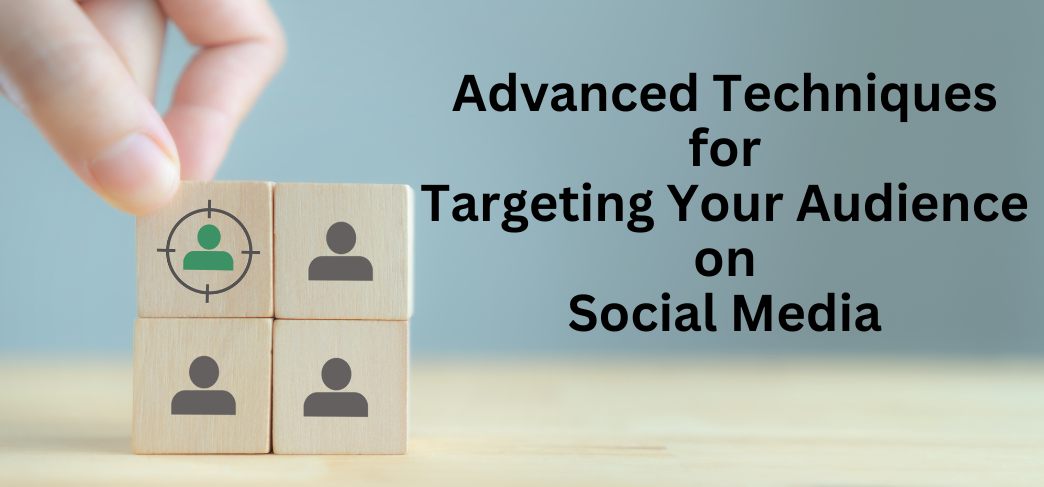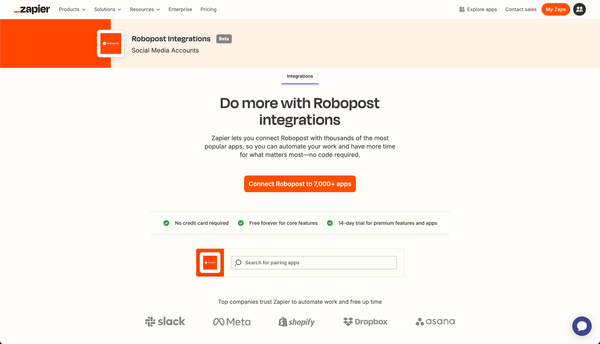Advanced Techniques for Targeting Your Audience on Social Media
Master social media targeting with advanced techniques to segment audiences, craft resonant content, and maximize ROI.

Social media platforms offer a wealth of user data, giving brands great opportunities to target and engage specific audiences. Advanced targeting techniques use this data to create highly personalized and effective campaigns. This article explores these advanced techniques, providing tips on how to improve your social media strategy for the best results.
Key Takeaways
- Thoroughly analyze demographic, psychographic, and behavioral data to create social media campaigns that really connect with your audience.
- Use platform-specific targeting features, such as interest, behavior, and lookalike audience targeting, to make your campaigns more relevant.
- Regularly track and analyze performance metrics to improve your social media strategy and increase your return on investment (ROI).
Understanding and Segmenting Your Audience
Analyzing Demographics, Interests, and Behaviors
To effectively target your audience on social media, you need to carefully analyze user data. This helps you create ads that appeal directly to the right people, making your marketing efforts more effective.
Here’s a simple guide to the targeting process:
- Collect User Data: Gather information on users’ profiles, interests, habits, and preferences.
- Create Targeted Campaigns: Use this data to design ads, choose the right timing, and decide where to place them.
- Implement Advanced Targeting: Choose the specific type of users to reach based on demographics, interests, and behaviors.
- Retarget and Refine: Re-engage users who interacted with your brand but haven’t converted yet, and tailor your messages based on where they are in the buying process.
Creating Detailed Audience Personas
Creating detailed audience personas is a key step in targeting your audience effectively. By understanding who your target audience is, you can create personas that capture their demographics, interests, behaviors, and challenges. This helps customize your marketing efforts and ensures your messages connect with the people who are most likely to engage with your brand.
To build effective audience personas, start with collecting data directly from your customers. This data gives you insights into who they are and what they want. The goal is to develop a semi-fictional profile of your ideal customer based on real data and informed guesses.
Here’s a straightforward guide for creating personas:
- Protect your data to keep it accurate and private.
- Look at basic details like age, gender, and location.
- Explore interests and behaviors to understand what drives them.
- Identify their problems to address their needs.
- Keep updating your personas as you gather more information and insights.
Utilizing Advanced Audience Lists
After collecting detailed audience data, you can create advanced audience lists to upload to different platforms for better targeting. This approach is common in digital marketing but is still being adopted in other areas.
Advanced audience lists are made from first-party data (info you collect yourself), second-party data (info from partners), or third-party data (info from outside sources). Using these lists, you can create lookalike audiences to expand your reach. For example, if your original list includes pet lovers who use TikTok, your lookalike audience will also target people with similar interests.
Advanced audiences go beyond basic details like age and location. They include factors such as buying habits, media preferences, and community involvement. By using these custom segments, you can tailor your messages on advertising platforms to more effectively reach the people you want.
Leveraging Platform-Specific Targeting Features
Choosing the Right Social Media Platforms
Choosing the right social media platform is crucial for reaching your audience effectively. Each platform attracts different types of users and is suited to different kinds of content.
Here’s a quick guide:
- Facebook: Reaches a broad audience and supports various ad formats.
- Instagram: Great for visual content and popular with younger users.
- LinkedIn: Best for professional and business-related campaigns.
- Twitter: Good for quick updates and real-time interactions.
- TikTok: Focuses on short videos and is popular with a younger crowd.
To maximize your social media advertising, figure out where your target audience spends their time and choose a platform that fits your marketing goals and content style. This will help make your ads more effective.
Exploring Advanced Targeting Options
Advanced targeting options on social media help marketers find their ideal audience with great accuracy. Lookalike audience targeting is a key feature that uses data from your current customers to find new people who share similar traits. Social media algorithms analyze the characteristics and behaviors of your existing audience to locate and target users likely to be interested in your brand.
To make the most of advanced targeting, follow these steps:
- Identify the main traits of your current audience.
- Choose the right social media platform where your audience is active.
- Use the platform’s tools to create lookalike audiences.
- Adjust your targeting based on how your campaigns perform.
Advanced targeting isn't just about reaching more people; it's about reaching the right people. This approach makes your ads more relevant and can greatly improve your campaign results.
Implementing Retargeting Strategies
Retargeting is a useful tool for social media marketers that helps bring back people who have already shown interest in your brand. It works by tracking how users interact with your content and then showing them ads that aim to renew their interest and encourage them to take action.
To use retargeting effectively, follow these steps:
- Identify who you want to target based on their previous interactions, like visiting your website or engaging with past ads.
- Create personalized ads that match the users’ past behavior and interests.
- Focus your spending on high-value targets to make the best use of your ad budget.
Retargeting is about more than just reaching out to people who didn’t convert; it's about offering a more personalized experience. By customizing your messages to where potential customers are in their buying journey and continuously improving your strategy, you can make your retargeting efforts more effective.
Understanding the Mechanics of Social Media Advertising
The Process of Engaging Audiences
Engaging with your audience on social media is an ongoing process that involves understanding and reacting to how users interact with your content. The goal is to use their feedback to improve how you target and create content. Engagement can include likes, shares, comments, and purchases, each offering valuable information.
Here’s how to manage engagement effectively:
- Analyze Engagement: Look at how people interact with your posts to see what they like.
- Refine Content: Adjust your future content based on what your audience prefers.
- Foster Interaction: Encourage people to participate by using comments, polls, and user-generated content.
By actively interacting with your audience and promoting content created by users, you build loyalty and create a community around your brand. Keep track of key metrics like reach, engagement, and conversions to see how well your strategy is working and to keep improving it.
Benefits of Social Media Advertising
Social media advertising has many benefits for businesses looking to succeed online. One major advantage is its advanced targeting capabilities, which use detailed user data to reach specific audiences with great precision. You can target people based on their age, location, interests, behaviors, and significant life events, ensuring your ads fit well with your brand's message.
Another benefit is increased brand awareness. With the large number of users on social media platforms, ads can boost your brand's visibility, making it more recognizable to a wide audience. The interactive features of social media also enhance engagement, encouraging likes, shares, and comments, and helping build direct relationships with your audience.
Additionally, social media advertising offers valuable retargeting opportunities. You can reconnect with people who have shown interest in your brand before, which can lead to higher conversion rates through personalized follow-up.
Conclusion
In the ever-changing world of social media, being able to target your audience effectively is crucial. This article has covered advanced methods to help you better understand and connect with your audience. By using detailed data about demographics, interests, and behaviors, and applying sophisticated targeting and retargeting strategies, you can make your campaigns more impactful. Choosing the right platforms, creating engaging content, and interacting actively with your audience will help build strong connections and drive conversions. Combining smart targeting with creative storytelling is essential for making your brand a significant part of the social media scene. As you use these advanced techniques, keep a close eye on your performance metrics to keep improving and meet your advertising goals.
